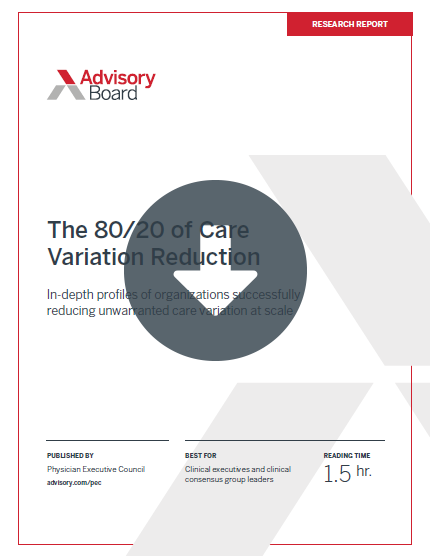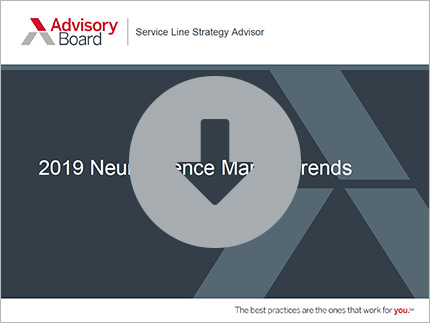Auto logout in seconds.
Continue LogoutActor Luke Perry, age 52, died Monday following a massive stroke—an occurrence that stroke experts say is rare—but not unheard of—for someone his age.
Access the neurosciences clinical technology compendium
Perry, who became famous for his role on "Beverly Hills 90210," was hospitalized Feb. 27 after experiencing what his rep described as a "massive stroke." Perry passed away five days later on Monday surrounded by his close family and friends.
What happens when you have a stroke
Stroke is the fifth leading cause of death in the United States, killing about 120,000 Americans annually, according to CDC. There are two main types of stroke: an ischemic stroke, which occurs when a blood vessel's passage to the brain is blocked, and a hemorrhagic stroke, which occurs when a blood vessel ruptures. In both cases, the brain is essentially cut off from vital blood and oxygen flow, causing brain cells to die.
And while stroke risk rises with age—and a growing number of younger adults are experiencing strokes—it's still rare for a stroke to be fatal or cause long-term disabilities in those under age 65. In the past decade there has been a 44% rise in strokes among adults ages 18 to 65. According to a 2013 report from the American Academy of Neurology, 15% of all ischemic strokes happen to either young adults or adolescents.
Mitchell Elkind, chair of the American Stroke Association Advisory Committee, said, "Although stroke often affects older individuals, it is not only a disease of the elderly." He added, "There is evidence that stroke rates among young people are increasing in the United States and this requires additional research."
6 common causes of stroke among adults
But what causes a stroke in someone as young as Perry? The cause of Perry's stroke hasn't been revealed, but, according to the American Heart Association, there are several factors—outside of age—that can increase ones stroke risk, including diabetes, high blood pressure, high blood cholesterol, smoking, obesity and certain cardiovascular diseases.
Lee Schwamm, director of the comprehensive stroke center at Massachusetts General Hospital, and Lawrence Wechsler, chair of the department of neurology at the University of Pittsburgh School of Medicine, share six of the most common causes of fatal stroke in adults under 65.
- Arterial dissection. This occurs when the lining of an artery tears and separates from the vessel wall. A blood clot can form at the site of the tear and eventually travel to the brain. According to Wechsler, these tears can happen after a sudden neck movement, such as one might experience while riding a roller coaster.
- Patient foramen ovale. Also known as a "hole in the heart," this occurs when a passageway between the left and right side of the heart doesn't close when a baby takes its first breath. Generally, small blood clots will get swept into the lungs and taken care of, but sometimes they can go into the brain. About 25% of people have a PFO, but unless it causes a nonfatal stroke, doctors don't close it, according to Schwamm.
- Blood clots. Some people are more prone to developing blood clots that travel to the brain than others because of a genetic mutation, Schwamm and Wechsler explained.
- Heart defect or rhythm disturbance. If someone is born with a structural heart defect, it's possible for clots to form inside the heart and get ejected into the bloodstream, and ultimately, into the brain. Clots can also form as a result of a rhythm disturbance like atrial fibrillation.
- Artery narrowing. Some drugs can cause arteries to close suddenly, which can cut off blood to the brain. When this happens in younger patients, it's typically triggered by stimulants or drugs.
- Aneurysm or arteriovenous malformation. When either an aneurysm or arteriovenous malformation are present, it's possible for a vessel in the brain to suddenly burst, which can cause a stroke. Sometimes these problems cause other symptoms like minor seizures, according to Wechsler, but often patients don't know about the underlying problem until they've had a brain hemorrhage (Kolata, New York Times, 3/5; Maxouris, CNN, 3/5; Lyn Pesce, MarketWatch, 3/6; Strohm, PEOPLE, 3/4).
Ready-to-present slides: Learn the neuroscience market trends for 2019
Want the latest information for your next neurosciences meeting? We updated our most popular slides on neuroscience with the latest market trends. This ready-to-use presentation covers everything from growth outlook and financial considerations to new care management priorities and technology innovations.
Use the slides to frame your next strategy meeting and build a strong foundation for your presentation.
Don't miss out on the latest Advisory Board insights
Create your free account to access 1 resource, including the latest research and webinars.
Want access without creating an account?
You have 1 free members-only resource remaining this month.
1 free members-only resources remaining
1 free members-only resources remaining
You've reached your limit of free insights
Become a member to access all of Advisory Board's resources, events, and experts
Never miss out on the latest innovative health care content tailored to you.
Benefits include:
You've reached your limit of free insights
Become a member to access all of Advisory Board's resources, events, and experts
Never miss out on the latest innovative health care content tailored to you.
Benefits include:
This content is available through your Curated Research partnership with Advisory Board. Click on ‘view this resource’ to read the full piece
Email ask@advisory.com to learn more
Click on ‘Become a Member’ to learn about the benefits of a Full-Access partnership with Advisory Board
Never miss out on the latest innovative health care content tailored to you.
Benefits Include:
This is for members only. Learn more.
Click on ‘Become a Member’ to learn about the benefits of a Full-Access partnership with Advisory Board
Never miss out on the latest innovative health care content tailored to you.


